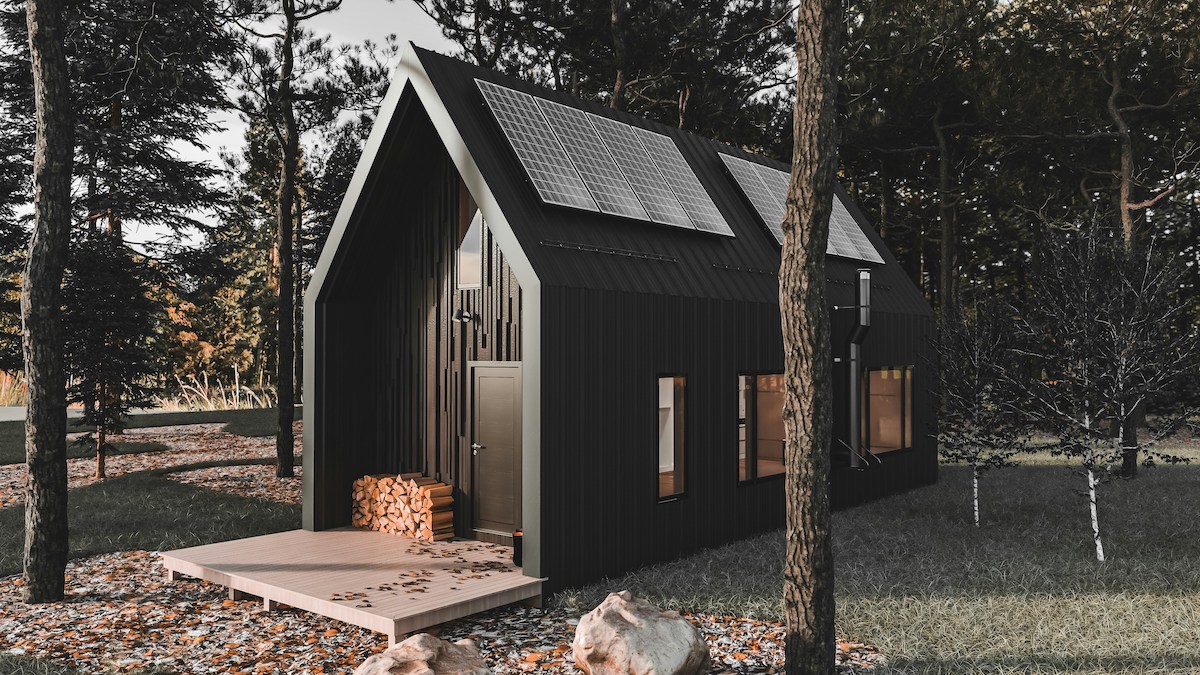In recent years, 3D printed homes have emerged as a groundbreaking solution in sustainable housing design. These innovative dwellings not only reduce waste but also provide an environmentally friendly alternative to traditional construction methods. By harnessing the power of technology and utilizing recycled plastic as a construction material, these homes are revolutionizing the way we think about sustainable living.
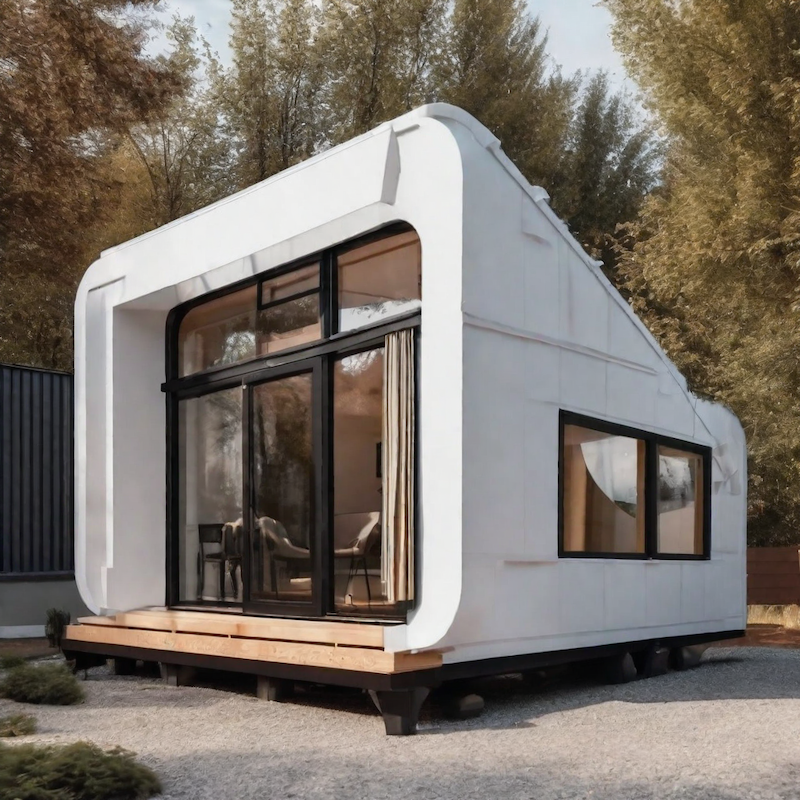
Reducing Waste and Environmental Impact
One of the key advantages of 3D printed homes is their ability to significantly reduce waste and minimize environmental impact. Traditional construction methods generate a substantial amount of construction waste, contributing to landfills and depleting valuable resources. In contrast, 3D printed homes are created using a layer-by-layer additive manufacturing process, resulting in minimal waste production. By incorporating recycled plastic as a construction material, these homes are not only sustainable but also contribute towards waste reduction and the preservation of our planet.
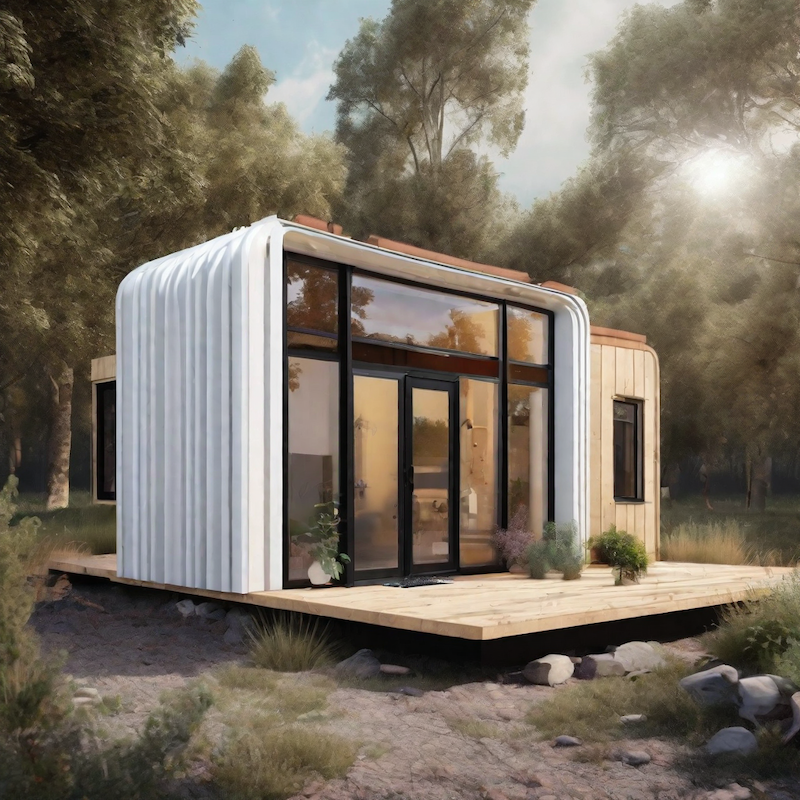
Embracing Recycled Plastic Construction
The use of recycled plastic as a construction material for 3D printed homes holds immense potential. Plastic waste has become a global concern, with millions of tons ending up in landfills or polluting our oceans each year. By repurposing this plastic waste into durable, cost-effective building materials, 3D printed homes offer an innovative solution to the plastic crisis. This approach not only diverts plastic waste from landfills but also reduces the demand for traditional construction materials, such as concrete and wood.
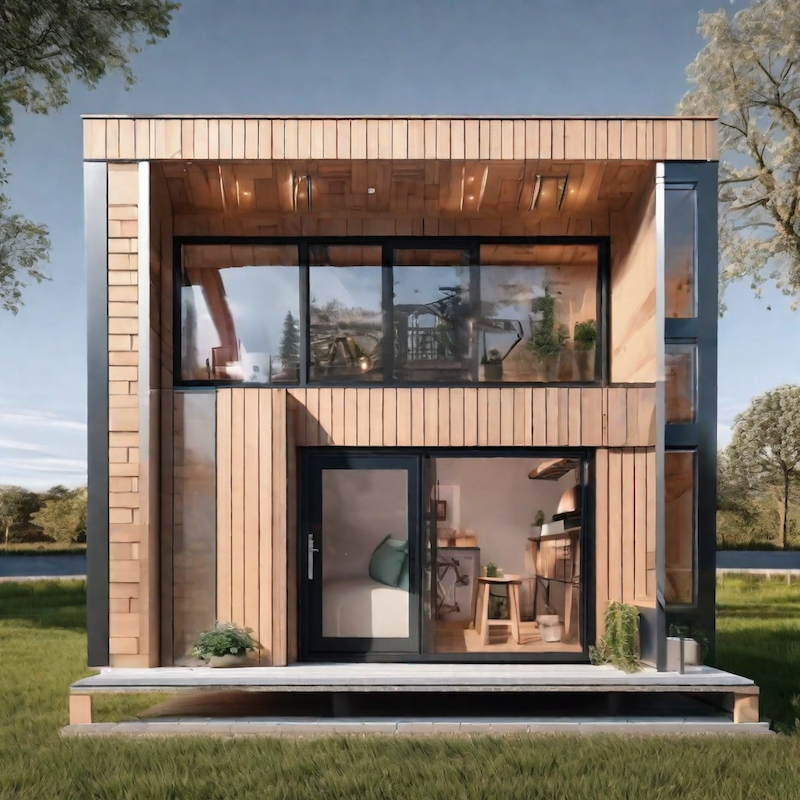
The Appeal of Tiny House Living
Tiny houses have gained considerable popularity in recent years, and for good reason. These compact homes offer an array of benefits, including affordability, energy efficiency, and minimalistic living. Whether you’re looking to downsize, reduce your carbon footprint, or simply embrace a more intentional lifestyle, tiny houses provide a compelling alternative. Combining the advantages of tiny house living with the sustainability of 3D printed construction creates a powerful synergy that is hard to ignore.
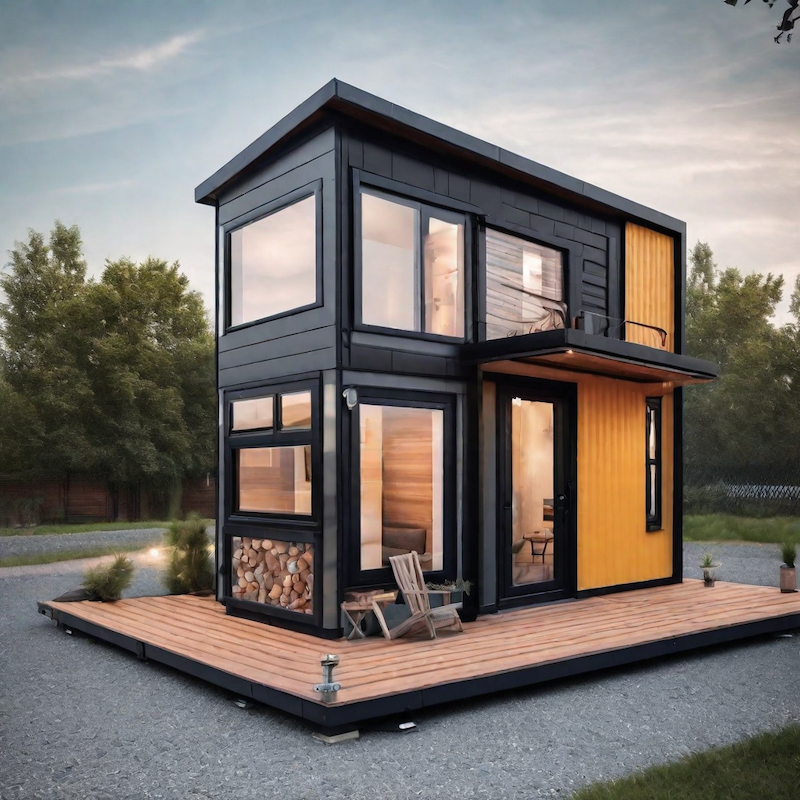
Inspiring Design Ideas
Now, let’s explore some inspiring design ideas for 3D printed tiny homes made of recycled plastic. From sleek and modern designs to cozy and rustic aesthetics, there’s a wide range of possibilities to suit various preferences and lifestyles. Imagine a charming cottage nestled in nature or a contemporary eco-friendly urban dwelling. These designs showcase the versatility of 3D printed homes and their ability to adapt to different environments and architectural styles.
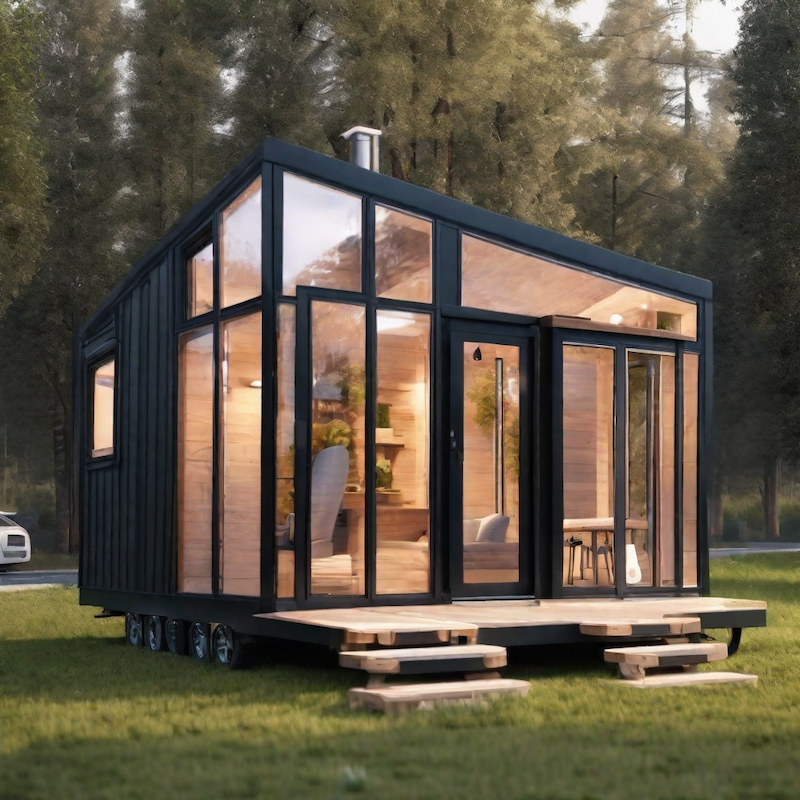
Sustainable Chic: This design combines modern minimalism with sustainable features, such as large windows for natural light and green roofs for added insulation and rainwater harvesting.
Nature Retreat: Embrace the beauty of the great outdoors with a tiny house design that seamlessly integrates with its surroundings, utilizing recycled plastic panels for the exterior and incorporating sustainable landscaping elements.
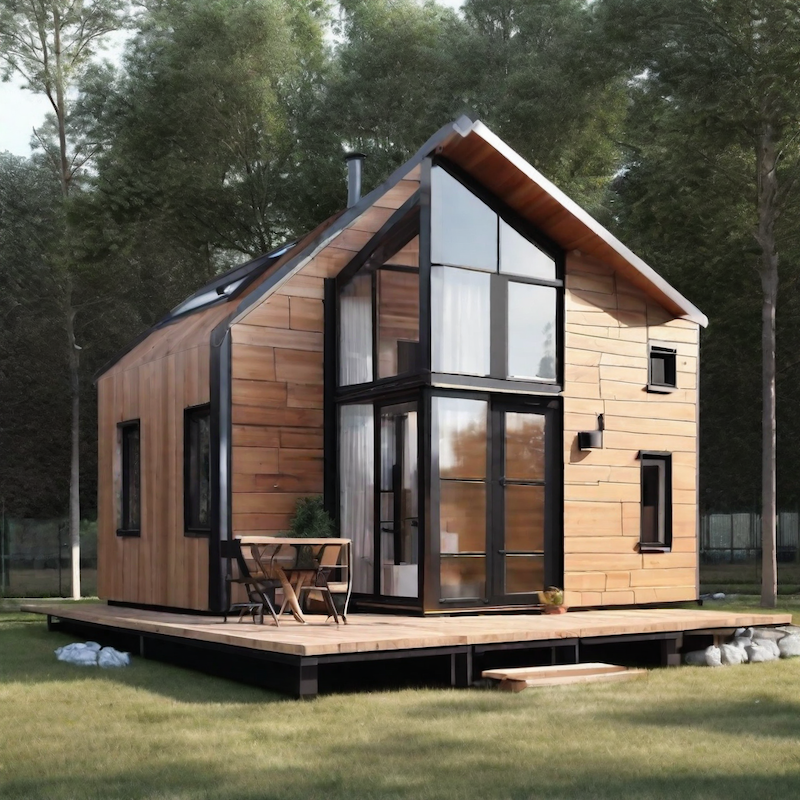
Compact Urban Living: Explore innovative designs that maximize space efficiency in urban environments, offering a comfortable and stylish living experience while minimizing the carbon footprint.
The possibilities are endless when it comes to 3D printed tiny homes made of recycled plastic. 3D printed tiny homes made of recycled plastic exemplify the fusion of innovation, sustainability, and affordability. These dwellings not only reduce waste and environmental impact but also provide an opportunity for individuals to embrace a simpler, more intentional lifestyle. Let these design ideas inspire you to explore the exciting world of sustainable housing and consider the possibilities for your own sustainable future.


